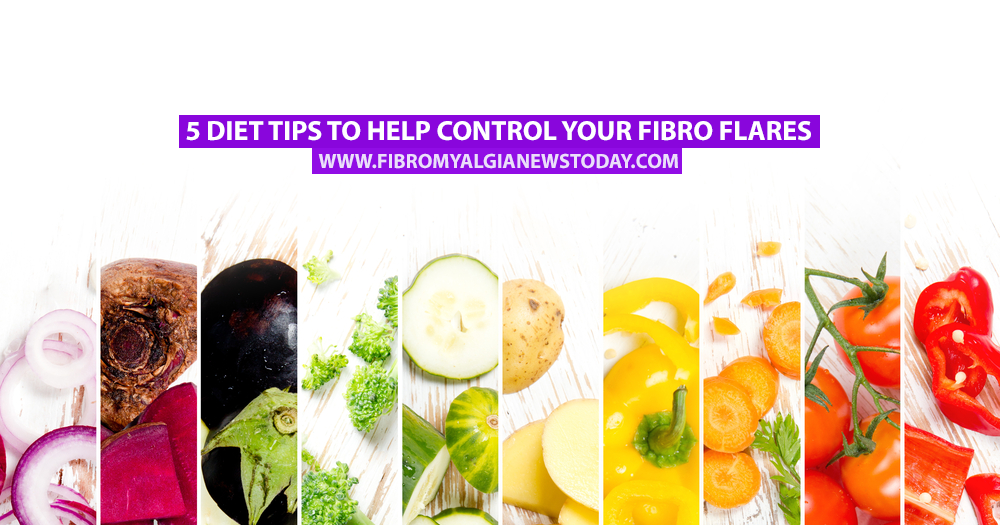Fibromyalgia is a chronic pain condition that affects approximately five million people worldwide. As of now, there is no cure and no known cause for the disease, but it’s believed that diet can play a large part in the management of symptoms.
MORE: Vitamin D may help fibromyalgia patients deal with pain and fatigue
Here are five diet tips to help you control your fibromyalgia flares based on information from prevention.com:
1. Get Enough Vitamin D
Vitamin D is often called the sunshine vitamin as it’s derived from the sun’s rays. Many of us are deficient in this vital vitamin, particularly through the winter, which can lead to joint and muscle pain. Vitamin D is needed to build healthy bones, improve the immune system, regulate blood pressure and help to prevent cancer. Foods that are good sources of vitamin D include eggs, fish, dairy, fortified cereals, and fruit juices. Speak to your doctor about vitamin D supplements.
2. Avoid Processed Foods
Processed foods often contain a lot of additives and preservatives, many of which are not good for our bodies. Additives such as MSG (monosodium glutamate) and aspartame can activate neurons which increase the body’s sensitivity to pain. Avoiding diet sodas, sugar-free varieties of candy and chocolate and reading the packages of processed meals will help you steer clear of MSGs and aspartame. Choose fresh whole foods, or foods which have very few ingredients on the label — all of which you can recognize.
MORE: Yvesy explains how fibromyalgia affects her everyday life
3. Up Your Omega-3 Intake
Oily fish like salmon, mackerel and sardines; walnuts; flax and chia seeds; and dark leafy greens are just some of the foods that can supply our bodies with the good omega-3 fats. Omega-3 is known to help inflammation and joint pain as well as protect the heart.
4. Avoid Caffeine
Sorry, but that cup of joe has got to go! Although it’s tempting to turn to coffee to get you through the fatigue that comes with fibromyalgia, the caffeine will also contribute towards your lack of sleep at the end of the day. Switch to decaffeinated teas and coffees to help restore regular sleep patterns and avoid caffeinated soda drinks.
5. Eat Lots of Fruits and Vegetables
Fruits and vegetables contain a lot of vital nutrients, and the more fruit and vegetables you eat the more of these you’ll be consuming. Aim for a rainbow of colors when choosing fruit and vegetables and opt for organic and in-season fruits and vegetables if possible. Frozen and canned vegetables can be just as good as fresh (sometimes more so due to being canned or frozen directly after picking), but make sure you keep an eye on sodium content. If you don’t want to follow a vegetarian or vegan diet, then consider cutting back on the amount of meat you do eat, and try to choose organic, grass-fed varieties.
Fibromyalgia News Today is strictly a news and information website about the disease. It does not provide medical advice, diagnosis or treatment. This content is not intended to be a substitute for professional medical advice, diagnosis, or treatment. Always seek the advice of your physician or another qualified health provider with any questions you may have regarding a medical condition. Never disregard professional medical advice or delay in seeking it because of something you have read on this website.


These tips are all spot on. I was diagnosed last March with FMS. I did not want to take any of the meds the doctor suggested so I have followed all the above tips and so far have managed very well along with exercise five days a week for at least 30 minutes and massage twice a month. I am not pain free but am comfortable enough to manage all of my normal activities.
It’s so funny. The picture you guys used is like all the foods I can’t eat. Solanine messes with me so all red veggies are out: tomates, bell peppers, potatoes.. Thanks for the tips!
I can handle this until it comes to the coffee. I drink 1 or 2 cups in the morning.